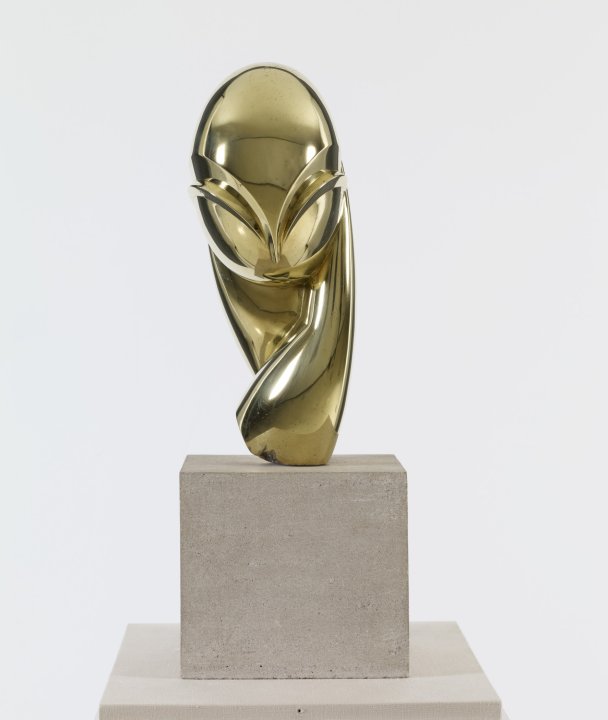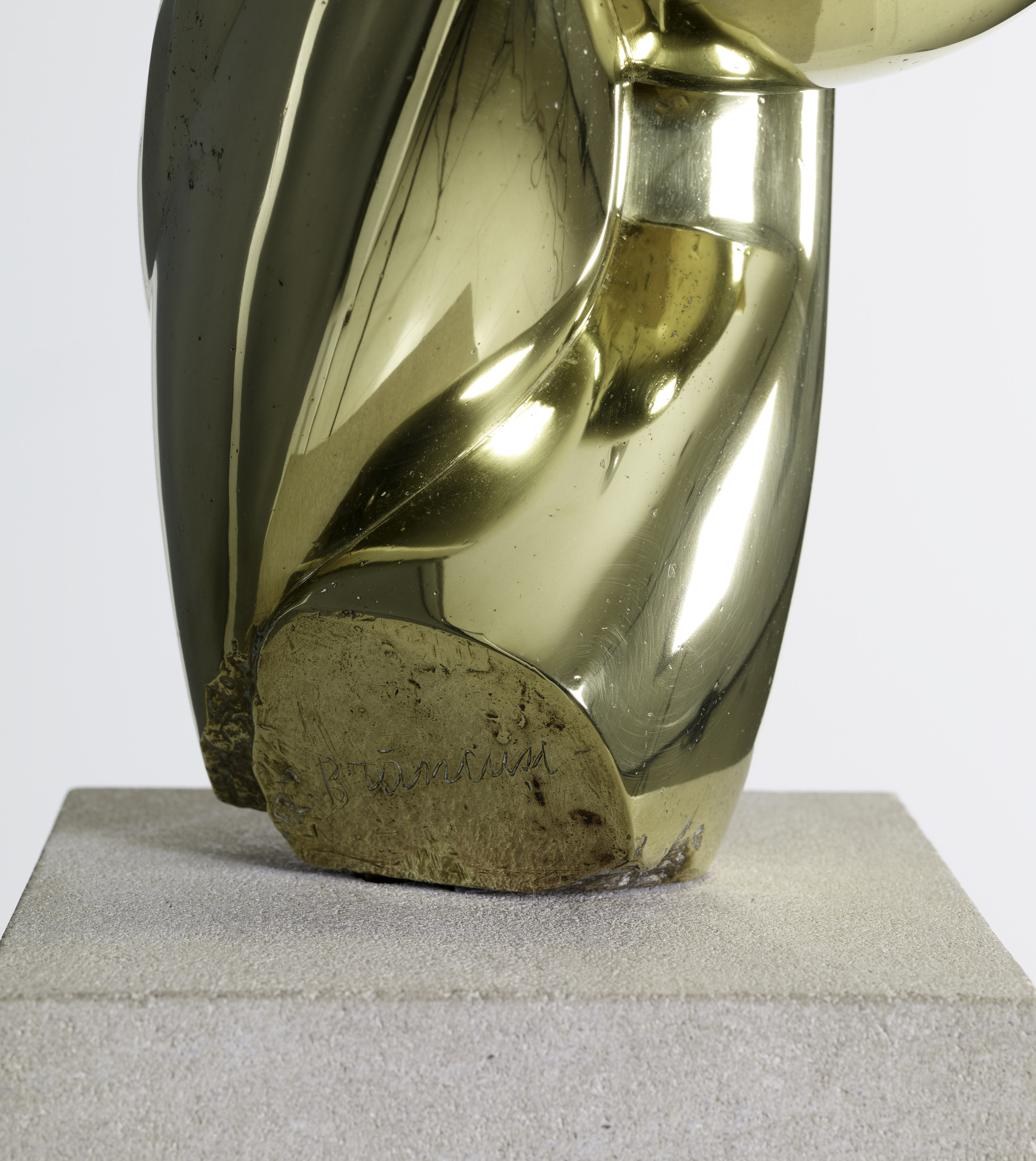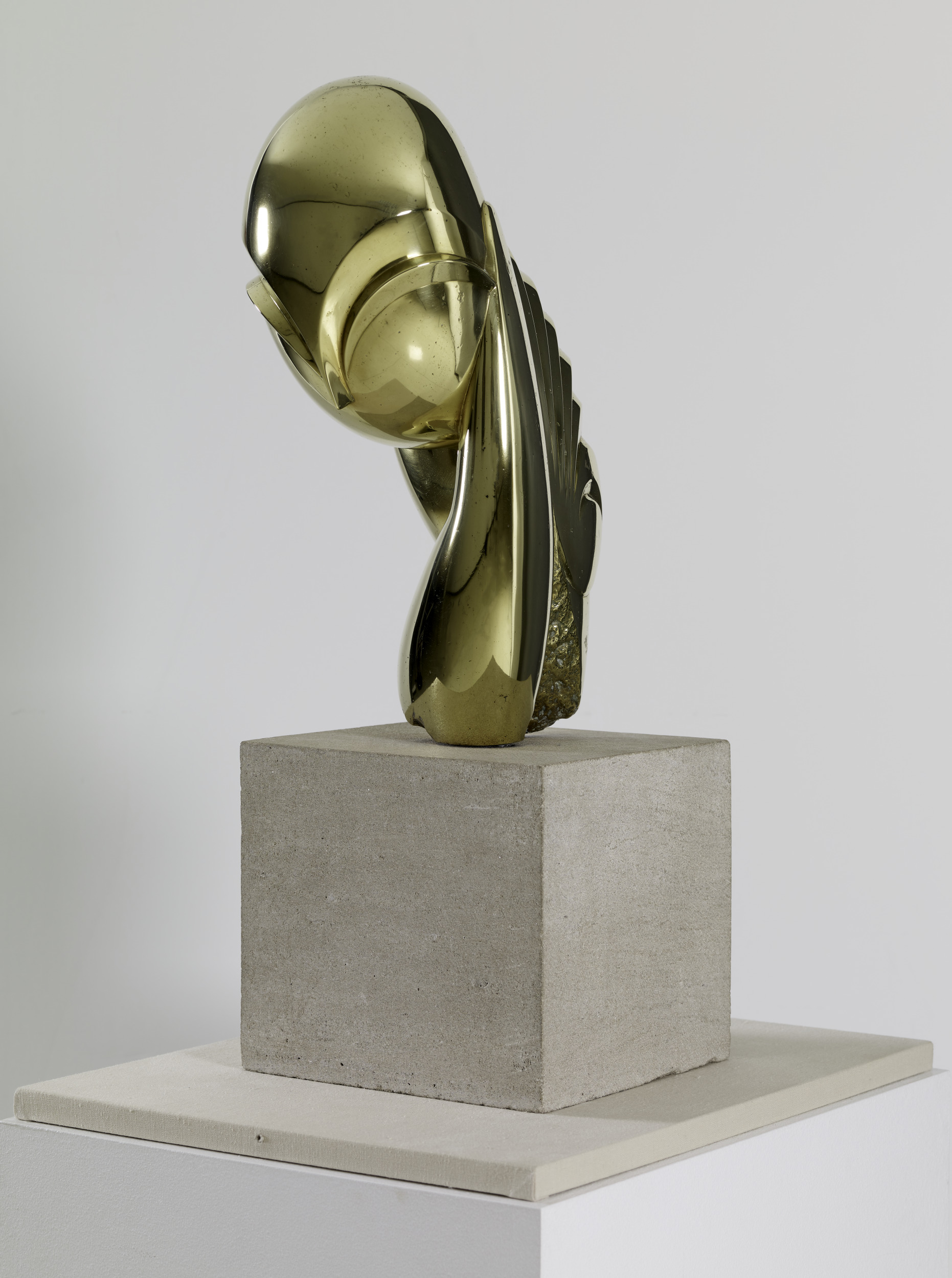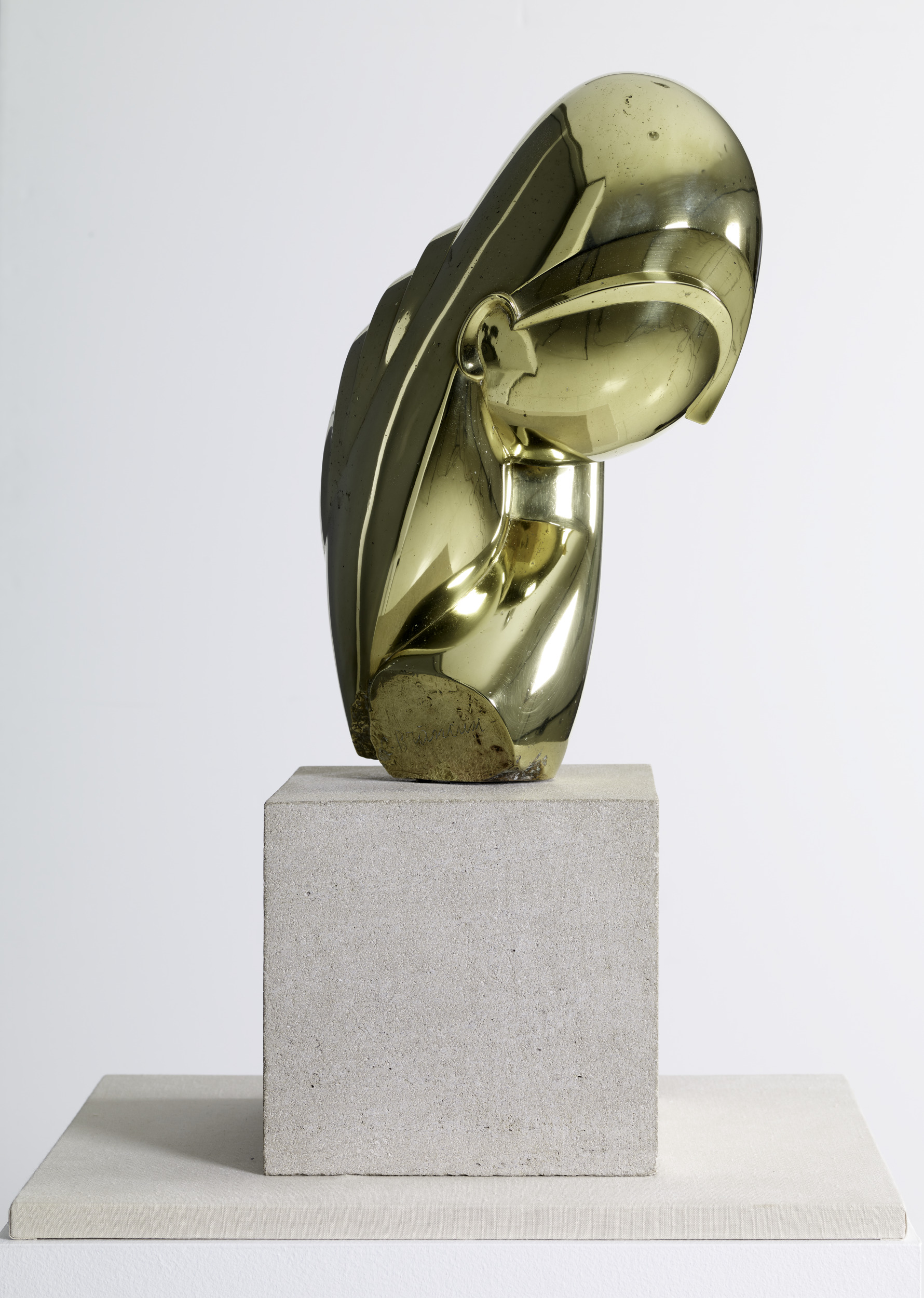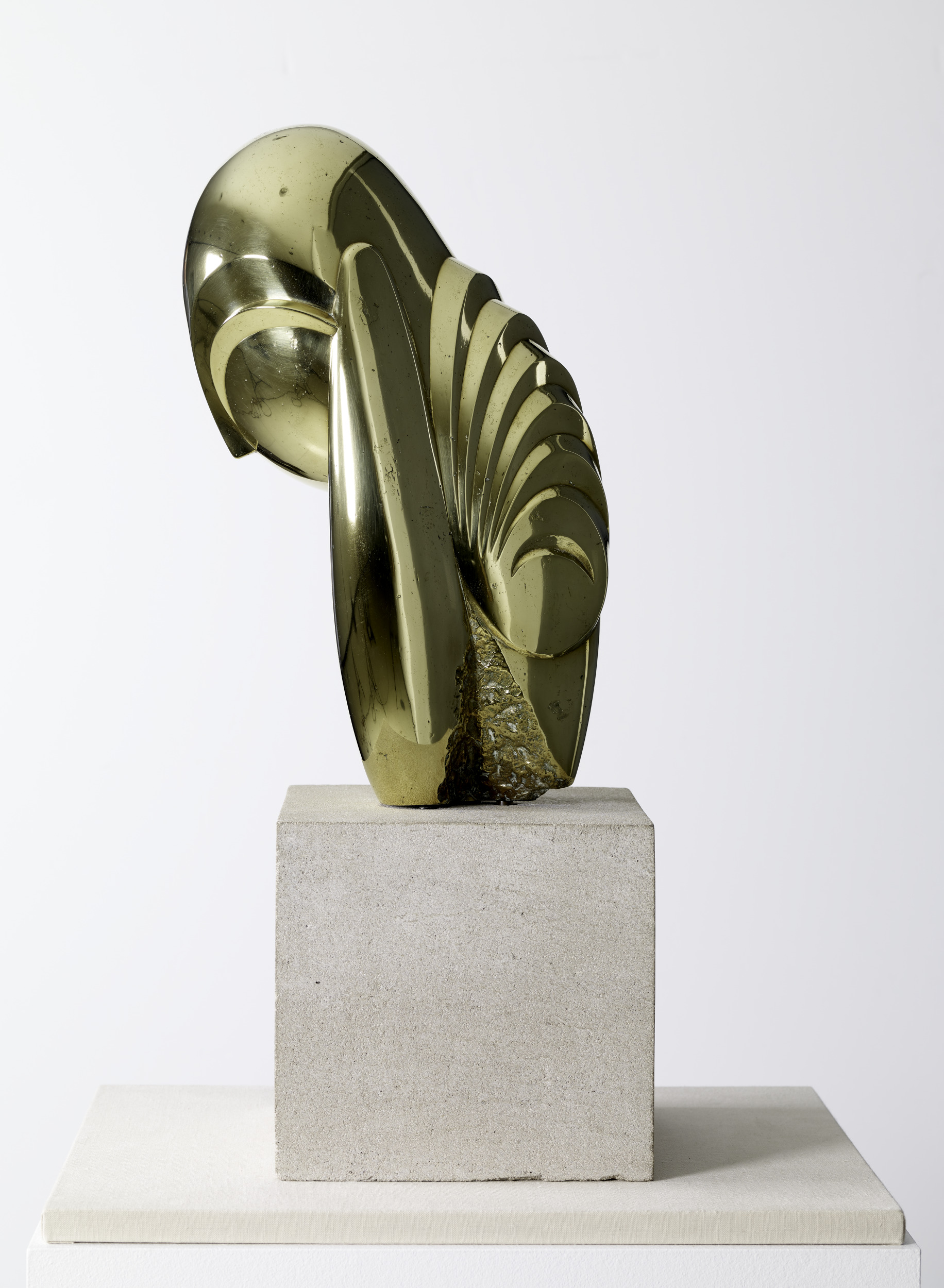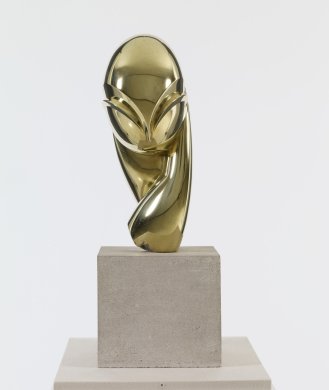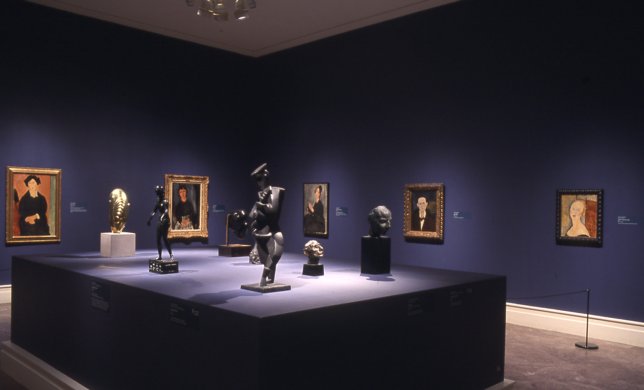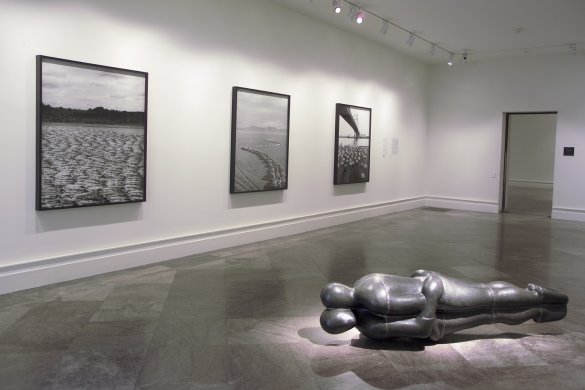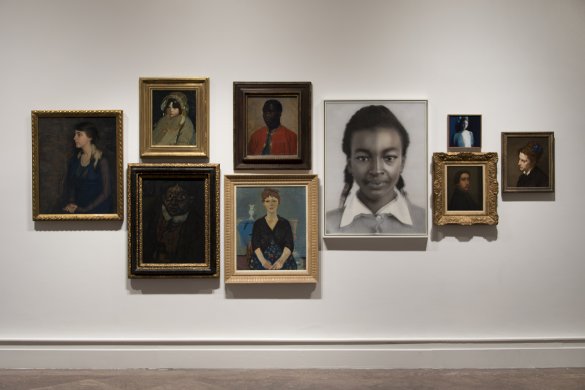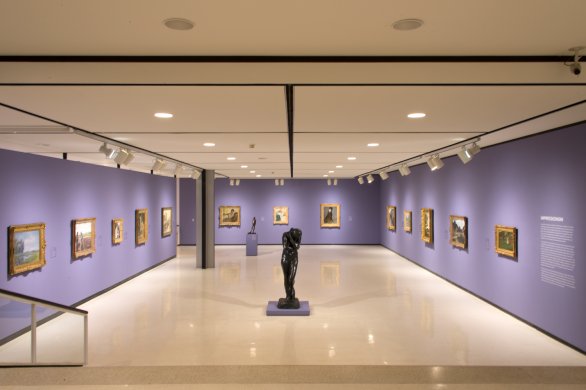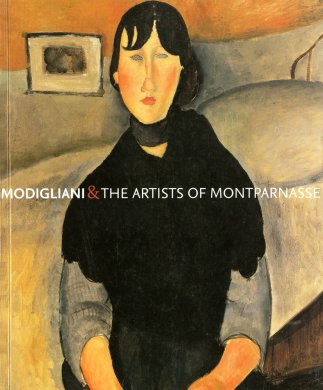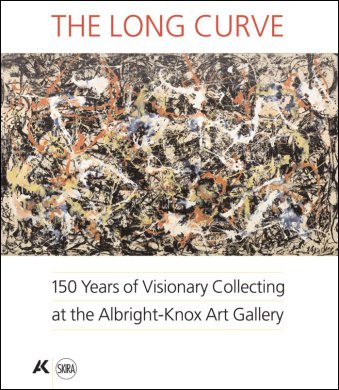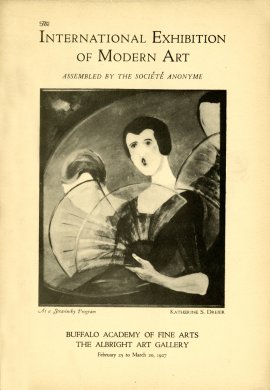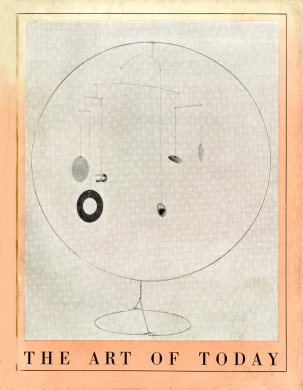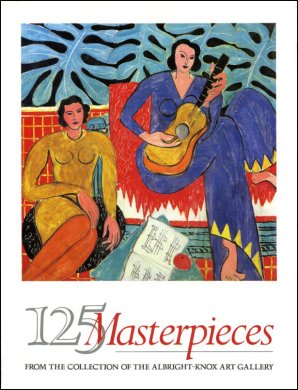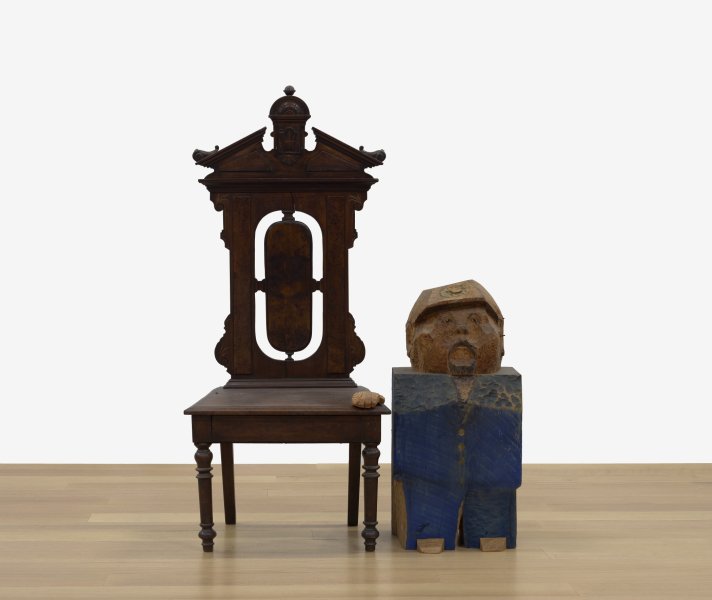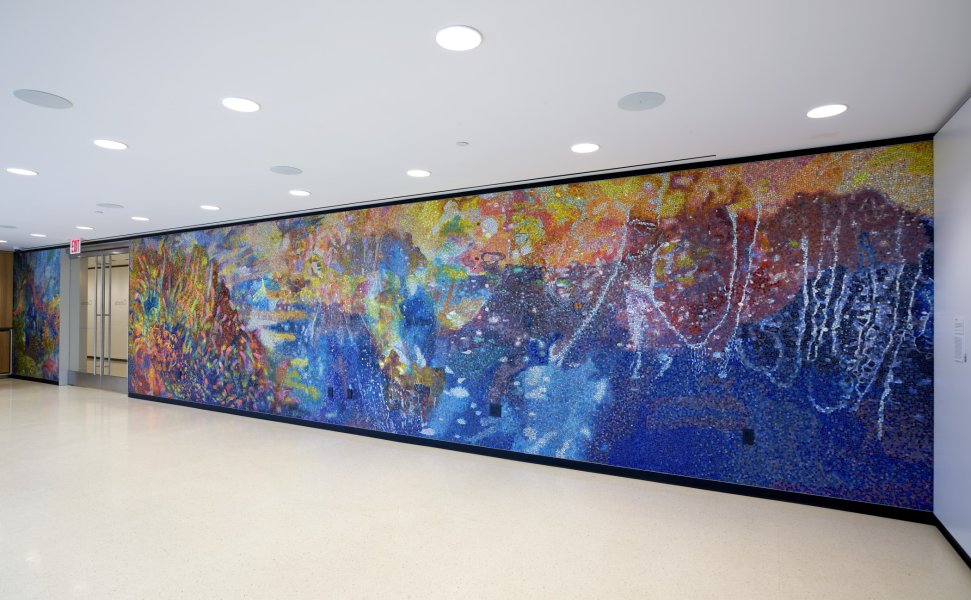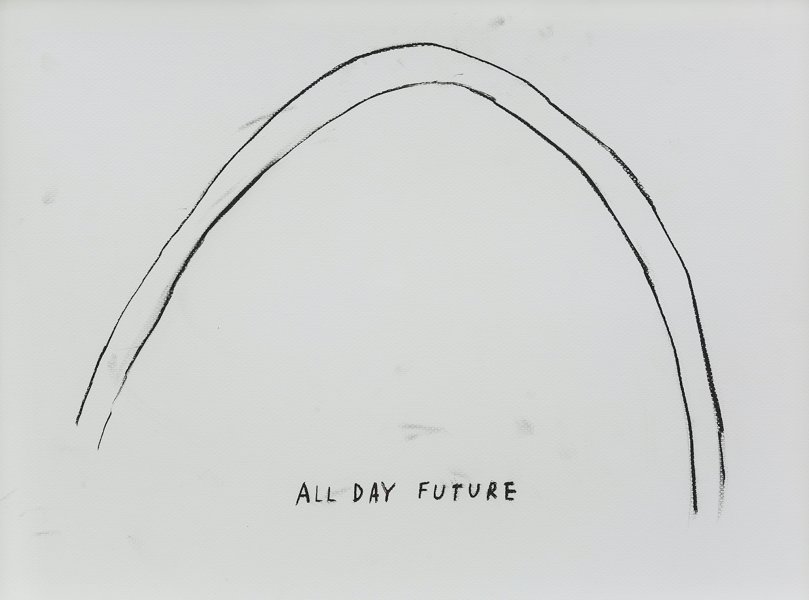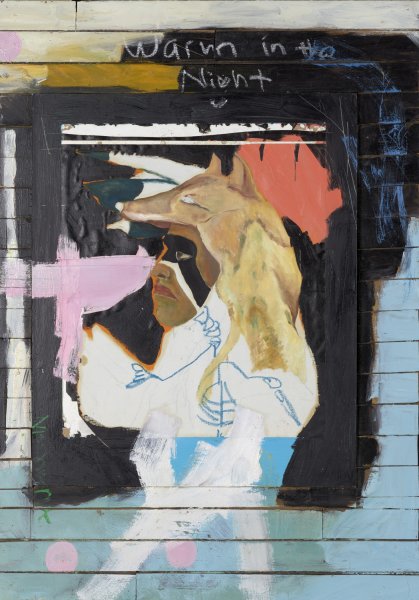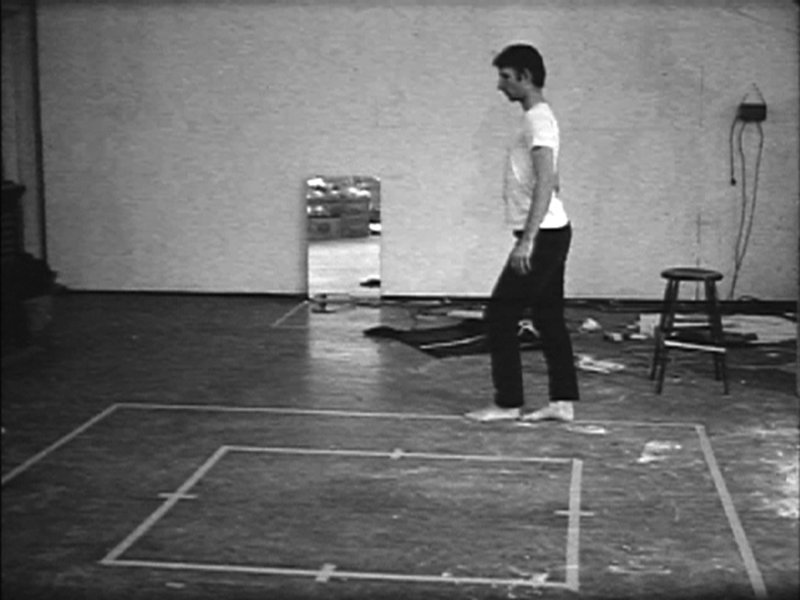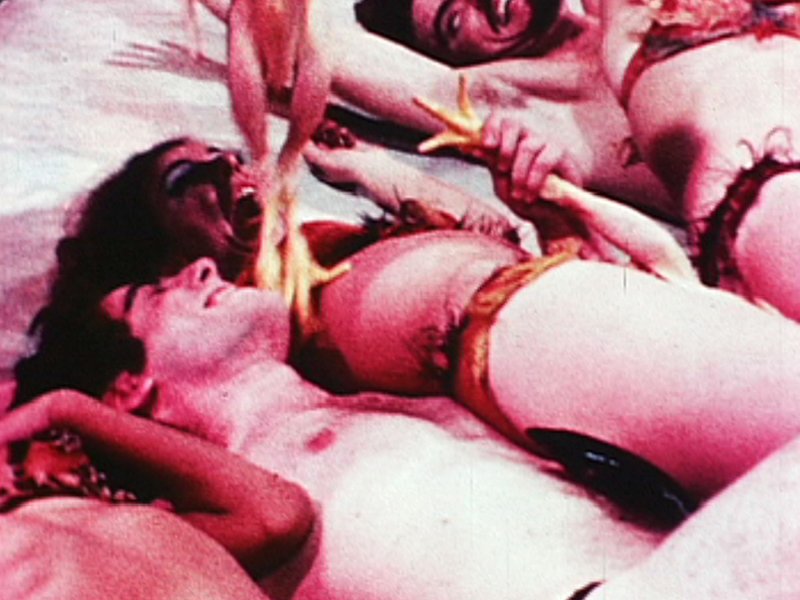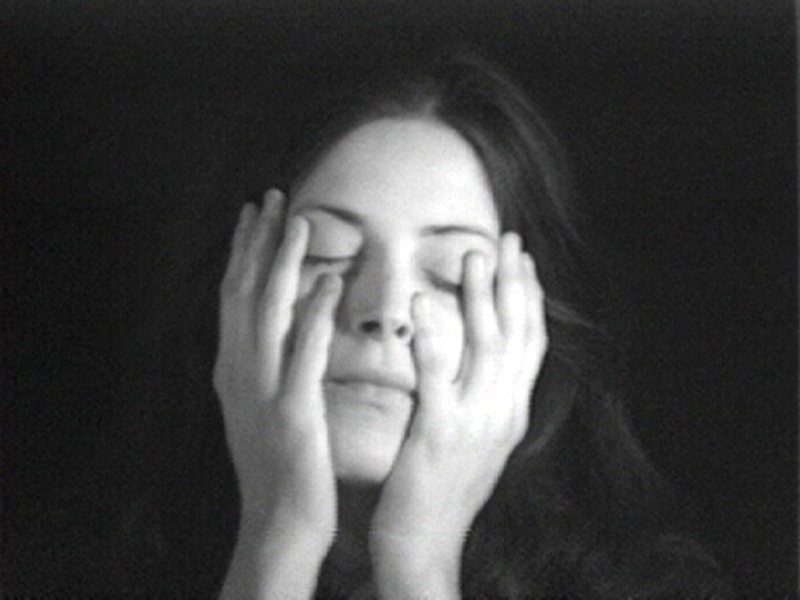Constantin Brancusi
Romanian, active in France, 1876-1957
Mademoiselle Pogany II, 1920
Artwork Details
Currently on View
Collection Highlight
Materials
bronze
Measurements
base: 7 x 8 1/2 x 9 inches (17.78 x 21.59 x 22.86 cm); sculpture: 17 1/4 x 7 x 10 inches (43.81 x 17.78 x 25.4 cm); overall: 24 1/4 x 8 1/2 x 10 inches (61.59 x 21.59 x 25.4 cm)
Collection Buffalo AKG Art Museum
Credit
Charlotte A. Watson Fund, 1927
Accession ID
1927:22
Constantin Brancusi’s gracefully restrained forms are recognized as one of the major sculptural developments of the early twentieth century. In Paris in 1910, Brancusi met this sculpture’s subject, the landscape painter Margit Pogány (Hungarian, 1879–1964). After Pogány visited Brancusi’s studio in Paris, she requested that he create her portrait and sat for him several times. Pogány later recounted how the portrait came to be: “Once I had to sit for my hands but the pose was quite different to that of the present bust, he only wanted to learn them by heart as he already knew my head by heart.” It was not until after Pogány returned to Hungary in early 1911, however, that Brancusi carved her likeness in marble from memory. A bronze cast was then made from the marble original. Seven years later, Brancusi created a second version of her portrait, both in marble and, as seen here, in bronze. The mannerist forms of Mademoiselle Pogany II are at once a statement of the inherent beauty of Brancusi’s medium and a representation of female beauty. Not unlike a caricaturist, Brancusi has simplified, and therefore emphasized, his subject’s features: large, almond-shaped eyes; severe brows; a slender nose; an ornate chignon of hair; and the demure gesture of hands resting against a chin.
